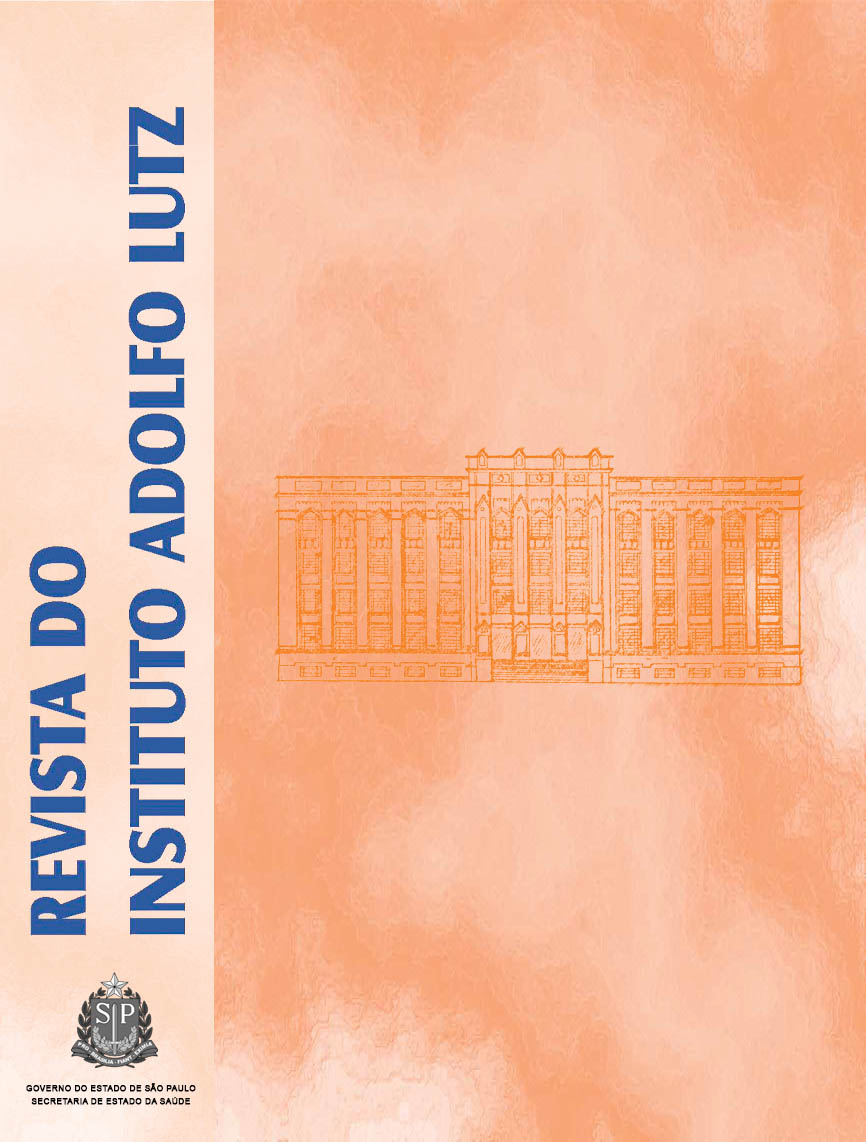Abstract
Cereal bars have been widely consumed by persons who for healthy food as they are rich in fibers, protein,
carbohydrates, minerals and vitamins. However, these nutrients are prone to cause microorganisms
proliferation as fungi, which may cause mycotoxicosis. Fungal contamination in marketed cereal bars was
investigated. The study was carried out in duplicate, analyzing 20 light product samples and 20 non-light
samples of two different lots from ten brands marketed in the region of Campinas, SP. The conventional food
microbial techniques were performed for fungi counting and identification. Eight samples (40%) of the first
batch were contaminated with fungi, being four light samples and four samples of non-light bars. From the
second batch, 11 samples (55%) showed fungi contamination, being three non-light cereal bars and eight
light samples. Six genera of fungi (Aspergillus sp, Penicillium sp, Rhizopus sp, Mucor sp, Cladosporium sp e
Candida sp) were isolated, evidencing that the quality control of these foods has to be improved, as well as
in including the concerned microorganism analysis by the Brazilian food legislation.
References
1. Bower IA, Whitten R. Sensory characteristics and consumer liking for cereal bar snack foods. J Sens Stud. 2000; 15(3):327-45.
2. Freitas DGC, Moretti RH. Caracterização e avaliação sensorial de barra de cereais funcional de alto teor protéico e vitamínico. Cienc Tecnol Aliment. 2006; 26(2):318-24.
3. Brito IP, Campos JM, Souza TFL, Wakiyama C, Azeredo GA. Elaboração e avaliação global de barras de cereais caseiras.Bol Centro Pesq Process Aliment. 2004; 22(1):35-50.
4. Francal Feiras. Barras de cereais: grande filão para o comércio com EUA. [Acesso 20 ago. 2007] Available from: http://www.francal.com.br/2005/codigo/p_noticias_conteudo.asp?noticia_ID=758.
5. Palazollo G. Cereal bars: They’re not just for breakfast anymore. Cereal Foods World 2003; 48(2):70-2.
6. Stella R. Barrinhas de saúde. 2004. [acesso em 08 abr. 2007]. Available from: http://www.uol.com.br/cybernet/colunas/021018_nut_barra_cereais.htm.
7. Weidenbörner M, Kunz B. Mycloflora of cereal flakes. J Food Prot. 1994; 58(7):809–12.
8. Marini LJ, Gutkoski LC, Elias MC, Santin JA.Qualidade de grãos de aveia sob secagem intermitente em altas temperaturas. Cienc Rural. 2007;37(5):1268-73.
9. Brasil. Ministério da Saúde. Resolução nº 12, de 02 de jan. 2001 da Agência Nacional de Vigilância Sanitária. Dispõe sobre o regulamento técnico sobre os padrões microbiológicos para alimentos. [acesso 20 abr. 2007]. Disponível em: http://www.anvisa.gov.br.
10. Pitt JI, Basilico JC, Abarca ML, Lopes C. Micotoxins and toxigenic fungi. Med Mycol. 2000; 38 (Suppl 1):41-6.
11. Richard JL, Payne GA, Desjardins AE, Maragos C, Norred WP, Pestka JJ et al. Mycotoxins: Risks in Plant, Animal and Human Systems. Iowa: Council for Agricultural Science and Technology; 2002.
12. Silva N, Junqueira VCA, Silveira NFA. Manual de métodos de análise Microbiológica de alimentos. 2 ed. São Paulo: Varela; 2001.
13. Larone DH. Medically Important Fungi: a guide to identification. 4 ed. Washington: ASM Press; 2002.
14. Soares LMV, Furlani RPZ. Survey of Aflatoxins, Ocratoxins A, Zearalenone and Sterigmatocystin in health foods and breakfast cereals commercialized in city of Campinas, São Paulo. Cienc Tecnol Aliment. 1996; 16(2):126-9.
15. Gutkoski LC, Bonamigo JMA, Teixeira DMF, Pedo I. Desenvolvimento de barras de cereais à base de aveia com alto teor de fibra alimentar. Cienc Tecnol Aliment. 2007; 27(2):355-63.
16. Dilkin P, Mallmann AC, Santuario JM, Hickmann JL. Classificação macroscópica, identificação da microbiota fúngica e produção de aflatoxinas em híbridos de milho. Cienc Rural. 2000; 20(1):137-41. 290Stelato MM, Concon MM, Shimada D, Srebernich SM. Contaminação fúngica em barras de cereais comercializadas. Rev Inst Adolfo Lutz. São Paulo, 2010; 69(3):285-90.
17. Conková E, Lacianková A, Stiriak I, Czerwiecki L, Wilczinska, G. Fungal contaminations and the levels of micotoxins (DON and OTA) in cereal sample from Poland and East Slovakia. Czech J Food Sci. 2006; 24(1): 33-40.
18. Corina DN, Tofan C. Cereal contamination with toxigenic mouds. J Agroaliment Proc Technol. 2008; 14:237-40.
19. Pezzini V, Valduga E, Cansian RL. Incidência de fungos e micotoxinas em grãos de milho armazenados sob diferentes condições. Rev Inst Adolfo Lutz. 2005; 64(1):91-6.
20. Weidenbörner M, Kunz B. Contamination of different muesli components by fungi. Mycol Res. 1994; 98(5):583-6.
21. Vecchia AD, Castilhos-Fortes R. Contaminação fúngica em granola comercial. Cienc Tecnol Aliment. 2007; 27(2): 324-7.
22. Lacaz CS, Porto E, Martins JEC. Tratado de Micologia Médica. 9 ed. São Paulo: Sarvier, 2002.
23. Silva JO, Capuano DM, TakayanaguI OM, Giacometti EJ. Enteroparasitoses e onicomicoses em manipuladores de alimentos do município de Ribeirão Preto, SP. RevBrasEpidemiol. 2005; 8(4):385-92.

This work is licensed under a Creative Commons Attribution 4.0 International License.
Copyright (c) 2010 Instituto Adolfo Lutz Journal
